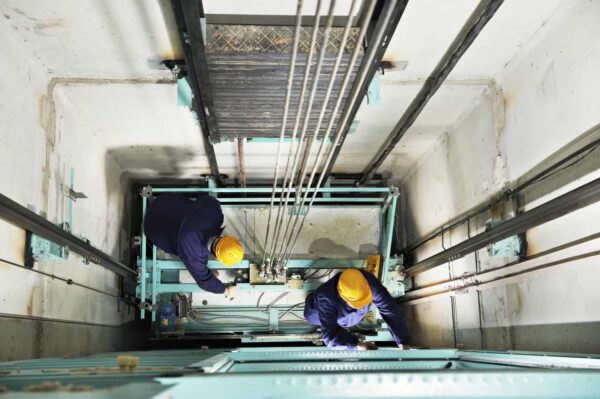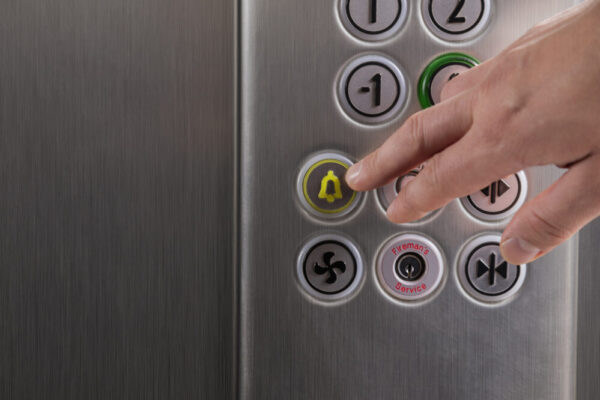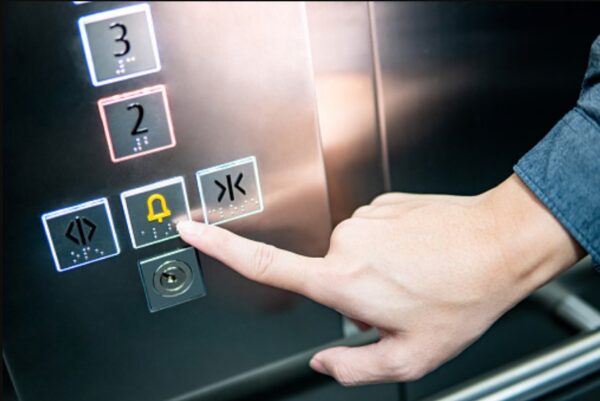Close to 17,000 people in the United States suffer serious life-threatening injuries in elevator accidents each year, forcing victims to rope in legal professionals like these when the medical bills begin to tower.
The National Institute of Occupational Safety and Health (NIOSH) reports that dozens of people annually lose their lives in elevator accidents, with construction workers taking the lead in injuries sustained. With these shocking numbers in mind, there’s every reason to be aware of the leading causes of construction site elevator accidents.
Before that, it’s crucial to mention that construction site accidents are preventable. With excellent personal fall systems and guardrails, as well as a religious observance of the appropriate safety procedures, these accidents should be fewer than they are. Sadly, this isn’t the case, though.
While elevator accidents aren’t as common as other construction site accidents—such as slips, falls, electric shocks, falling objects, explosions, and falling buildings—onlookers shouldn’t overlook the gravity of the situation. Despite their infrequent occurrence, elevator accidents can be just as dangerous and fatal.
To learn about the five major causes of these types of accidents, continue reading.
1. Falls

The Center for Disease Control (CDC) report cites that falls are the most significant cause of elevator shaft accidents at construction sites. In fact, the CDC report shows that falls account for up to 50 percent of all such types of accidents.
What causes the falls in the first place? Research shows that failure by employers to not only mark but also secure any exposed elevator shaft is the most significant contributory factor. Sadly, construction workers succumb to their injuries and fall to their deaths at startling rates.
Falls can occur in different situations, such as:
- The moment the elevator stops.
- When the elevator stops between floors and a person steps out without checking the surroundings properly.
- Illegal and unwarranted attempts to open the door.
- Attempts by untrained personnel to carry out rescues of an individual, or individuals, trapped inside the elevator shaft.
2. Mechanical failure

A malfunctioning pulley system is often the main culprit when mechanical failure acts as one of the primary causes of construction site elevator accidents. Mechanical failure is quite severe owing to its ability to cause the entire elevator to fall or drop to the ground.
Mechanical failure refers to anything that could prevent the elevator from functioning correctly. In this category belong electrical problems, issues with the doors, wiring and many more. The pulley system is just one component of a complex labyrinth of multiple buttons, cables, and features that make it run.
Sadly, fatalities are almost guaranteed in such instances. Injuries, too, can be extreme and long-term – if not permanent. That explains why it’s important to subject the elevator shaft at the construction site to regular maintenance to ensure that all its components work flawlessly.
Should the situation go south, lawyers can provide impeccable services and assistance in cases that involve mechanical failure. These legal professionals are willing and able to manage the paperwork associated with lawsuits or claims for Workers’ Compensation, which protects injured works from financial destitution.
3. Faulty wiring

Faulty wiring is one more disheartening cause of accidents at the construction site. When related to the elevator shafts, faulty electrical systems can cause electrocution. In the worst-case scenarios, electrocutions can leave workers unable to work or unemployable.
In some cases, this problem arises at the installation stage. Some electricians and electrical engineers do a poor job installing the wiring or cables, making such incidents more likely to occur. Other times, the cabling fails with time, more so through repeated use or other unforeseen reasons.
It’s also important to note that a faulty cable is capable of causing a fire. Old and outdated appliances on the elevator shaft can cause electrical fires too. Once again, hire an electrical engineer to evaluate the elevator thoroughly by focusing on the wiring to rectify all the faults early.
Elevator cables can’t last a lifetime. They need to be replaced every 10-15 years, depending on factors that include frequency of use, load capacity, and how they are used.
4. Improper leveling

Should an elevator not be leveled properly, it can cause falls and slips. These often happen when workers attempt to enter or exit the elevator. In these unfortunate circumstances, slips and falls can be deadly or cause severe life-threatening injuries in at-risk workers.
Interestingly, this problem is quite common in elevator shafts that entered the market between the 1930s and 1960s. Back then, technology wasn’t advanced enough to level the elevators properly. Consequently, elevators featured hallway doors, which became a culprit for improper leveling.
Modern elevator shafts aren’t the exception to this devastation. Oil leakages are the most significant cause of this problem in current systems. Apart from leakages, the inability to keep the hydraulic system properly lubricated can also worsen the situation.
Why is this situation a problem? For starters, the poor leveling forces the braking system to operate inaccurately. The system is unable to determine when it needs to stop. Injuries and fatalities are typical results of uneven leveling.
5. Defective doors

Defective doors are dangerous to all workers who use the elevator shaft at the construction site. That’s because of their inability to open or close properly. Often, such doors either open or close suddenly or too fast without any warning.
They typically end up trapping workers in between when this happens. Moreover, they make movements into and out of the elevator, a sort of extreme sport, which puts the workers’ lives in grave danger. Workers then make sudden dashes to avoid entrapment, a situation that exposes them to falls and slips.
At times, the doors can’t open or close entirely. In such instances, one or more workers may find themselves caught between the partially closed or open doors just as it starts moving. This situation is a severe risk to the workers’ lives, too, as it renders them susceptible to injuries or even fatalities.
Conclusion
Have you been involved in a construction site accident? Do you know anybody who was in a construction site elevator accident? Now that you know the causes of construction site elevator accidents, you should contact a lawyer to help you navigate the complicated nature of the cases.
As shown above, elevator accidents at the construction site result from falls, faulty wiring, improper leveling, defective doors, and mechanical failure. Do not bear the brunt of an injury or death of a loved one alone. Instead, seek help from licensed and experienced lawyers.



















